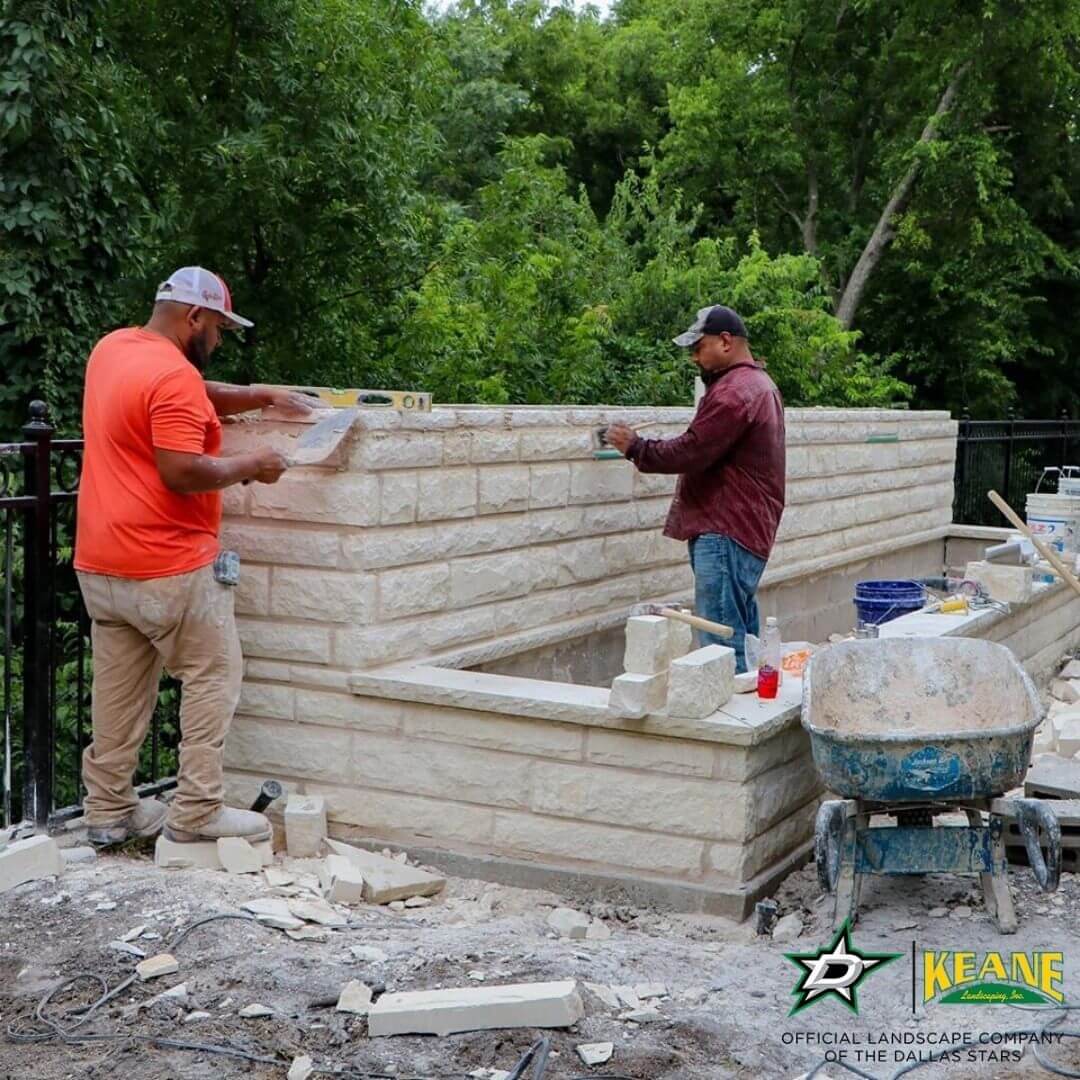Chimney Flashing and Cap Repair: Secure Your Home from Elements
Chimney Flashing and Cap Repair: Secure Your Home from Elements
Blog Article
Unlocking the Secrets of Lasting Masonry Construction Practices for Eco-Friendly Structures
In the realm of modern-day building and construction, the quest of sustainable techniques has become extremely important. Among the myriad approaches to environment-friendly building, lasting masonry construction sticks out as a time-tested and durable approach that holds a wealth of untapped capacity. From the choice of materials to innovative building techniques, the tricks to achieving sustainability within stonework construction are diverse and intriguing. By discovering the advantages, materials, strategies, and future fads of lasting masonry, a much deeper understanding of exactly how these techniques can shape the future of green buildings arises.
Benefits of Sustainable Stonework Building And Construction
Accepting sustainable masonry building and construction methods not only reduces ecological influence yet likewise offers lasting financial benefits to builders and areas. By using materials like recycled bricks, obstructs, and stones, builders can dramatically reduce the carbon footprint of their jobs while promoting resource performance. In addition, lasting masonry building and construction methods, such as correct insulation and thermal mass properties, can improve power effectiveness within structures, resulting in reduced operational prices in time.
Moreover, the longevity and resilience of stonework structures add to long-term financial advantages. Buildings created using sustainable stonework methods commonly require less repair and maintenance, equating to set you back savings for contractors and home proprietors. The longevity of stonework products also guarantees that frameworks stay secure and protected, minimizing the demand for frequent restorations or substitutes.
Eco-Friendly Masonry Materials
Making use of eco-friendly stonework products is a critical step towards boosting the sustainability of building methods and lessening environmental impact while making the most of long-term economic advantages. Sustainable stonework materials are sourced, produced, and made use of in a way that reduces total environmental impact. Lasting concrete blocks include recycled accumulations and might feature better insulation buildings, contributing to energy performance in buildings.
Furthermore, all-natural materials like adobe, rammed earth, and straw bundles give exceptional thermal mass buildings, lowering the need for heating and cooling down power. These materials are commonly locally offered, advertising local economic situations and decreasing transportation-related carbon discharges. By choosing environmentally friendly stonework products, building tasks can considerably decrease their ecological footprint and add to the creation of healthier, a lot more lasting built atmospheres.
Energy-Efficient Masonry Strategies
Energy performance plays a critical role in enhancing the sustainability of stonework construction techniques. By applying energy-efficient masonry methods, home builders can dramatically minimize the total power usage of a structure, causing reduced functional prices and a smaller sized environmental footprint. One vital energy-efficient masonry method is the usage of thermal mass, which includes integrating thick products go now like concrete or brick right into the building's framework to soak up and save warmth. This aids manage indoor temperature levels, reducing review the requirement for mechanical heating and cooling systems.

Advancements in Lasting Masonry
Current innovations in lasting stonework practices have caused innovative methods that are improving the building and construction sector. One such development is the advancement of self-healing concrete, which uses microorganisms installed within the concrete to heal fractures autonomously. This innovation not only decreases maintenance costs but likewise improves the durability of masonry structures, adding to their sustainability.
An additional significant innovation is using recycled aggregates in masonry construction - masonry contractor. By integrating materials such as smashed ceramic waste or recycled glass into concrete mixes, home builders can reduce the environmental impact of building jobs while preserving architectural stability. This practice not only diverts waste from landfills but also conserves natural resources, making it an essential development in lasting stonework construction
Moreover, the assimilation of electronic layout devices, such as Structure Information Modeling (BIM), is transforming the way masonry structures are intended and created. BIM permits more accurate calculations, minimized material wastage, and improved power performance, inevitably causing more lasting structure techniques. These innovations jointly indicate an encouraging future for sustainable masonry building and construction in the era of environmentally friendly buildings.
Future Trends in Masonry Sustainability
With the innovative wet concrete strides made in lasting masonry practices, the future fads in stonework sustainability are poised to more reinvent the construction market. Among the crucial patterns shaping the future of stonework sustainability is the enhanced integration of technology. Advancements such as Structure Details Modeling (BIM) and online reality simulations are being made use of to optimize stonework building procedures, leading to reduced product waste and boosted energy performance in buildings.
In addition, the advancement of unique sustainable products is established to play a substantial function in enhancing the eco-friendliness of stonework construction. masonry contractor. Technologies like self-healing concrete, recycled aggregates, and bio-based binders are obtaining traction for their capacity to reduce environmental influence while maintaining architectural honesty

Final Thought
To conclude, sustainable stonework construction practices provide various benefits for green structures. By making use of green materials and energy-efficient techniques, masonry can add to an extra lasting built environment. Advancements in sustainable masonry are continuously being developed to better boost the ecological performance of buildings. Looking towards the future, the pattern of masonry sustainability is anticipated to expand, bring about even more eco-friendly and energy-efficient construction practices in the years ahead.
Report this page